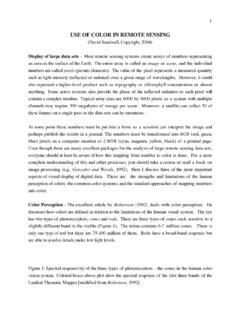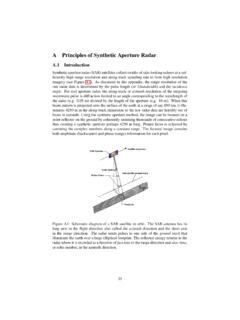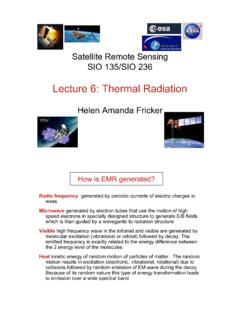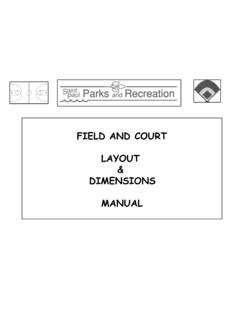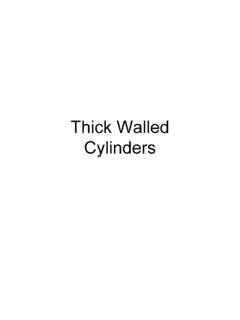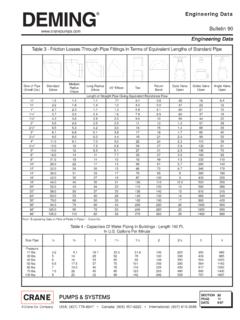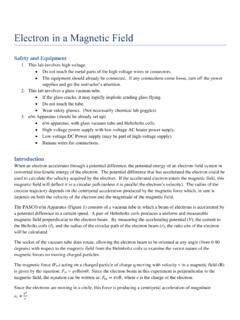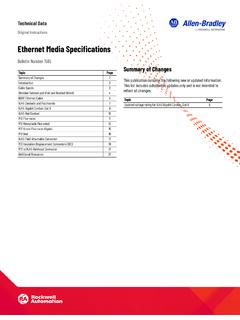Transcription of Reference Earth Model - WGS84 - University of California ...
1 1 Reference Earth Model - WGS84 (Copyright 2002, David T. Sandwell) parameter description formula value/unit GMe ( WGS84 ) x 1014 m3s 2 Me mass of Earth - x 1024 kg G gravitational constant - 11 m3 kg 1 s 2 a equatorial radius ( WGS84 ) - 6378137 m c polar radius (derived) - m rotation rate ( WGS84 ) - x 10-5 rad s-1 f flattening ( WGS84 ) f = (a - c)/a 1 J2 dynamic form factor (derived) - x 10-3 g geographic latitude - - geocentric latitude - - radius of spheroid Conversion between geocentric and geographic g latitude tan =c2a2tan g or tan =1 f()2tan g (2)r ()=cos2 a2+sin2 c2" # $ $ % & ' ' -1/2 a1 fsin2 () (1) spheroid c g a 2 Gravitational potential in frame rotating with the Earth Calculation of the second degree harmonic, J2 from WGS84 parameters Calculation of J2 from the polar-C and equatorial-A moments of inertia Kepler's third law relating orbit frequency- s , and radius -r, to Me Measurement of J2 from orbit frequency- s , radius -r, inclination-i.
2 And precession rate- p Hydrostatic flattening is less than observed flattening J2=23f a3 23 GMe (4)J2=C AMea2 (5) s2r3=GMe (6) p s= 3a22r2J2cosi (7)fH= <f= (8)Uo= GMer+GMeJ2a22r33sin2 1()-12 2r2cos2 (3) 3 Disturbing potential and geoid height To a first approximation, the Reference potential Uo is constant over the surface of the Earth . Now we are concerned with deviations from this Reference potential.
3 This is called the disturbing potential and over the oceans the anomalous potential results in a deviation in the surface away from the spheroid. Where the Reference potential Uo is given in equation (3). The geoid is the equipotential surface of the Earth that coincides with the sea surface when it is undisturbed by winds, tides, or currents. The geoid height is the height of the geoid above the spheroid and it is expressed in meters. Consider the following mass anomaly in the Earth and its effect on the ocean surface. Because of the excess mass, the potential on the spheroid is higher than the Reference level U = Uo + . Thus, the ocean surface must move further from the center of the Earth to remain at the Reference level Uo. To determine how far it moves, expand the potential in a Taylor series about the radius of the spheroid at ro.
4 Notice that g = - U/ r so we arrive at This is Brun's formula that relates the disturbing potential to the geoid height N. U=Uo+ (9) Uo N spheroid(ro) excess mass Uo(r)=Uro()+ U rr-ro()+ .. (10)U(r)-Uo gr-ro() (11) =gN 4 Reference gravity and gravity anomaly The Reference gravity is the value of total (scalar) acceleration one would measure on the spheroid assuming no mass anomalies inside of the Earth .
5 The total acceleration on the spheroid is The second term on the right side of equation (13) is negligible because the normal to the ellipsoid departs from the radial direction by a small amount and the square of this value is usually unimportant. The result is To calculate the value of gravity anomaly on the spheroid, we substitute After substitution, expand the gravity in a binomial series and keep terms of order f but not f2. The parameter ge is the value of gravity on the equator and m is approximately equal to the ratio of centrifugal force at the equator to the gravitational acceleration at the equator. In practice, geodesists get together at meetings of the International Union of Geodesy and Geophysics (IUGG) and agree on such things as the parameters of WGS84 . In addition, they define something called the international gravity formula.
6 G= Uo r# $ % & ' ( 2+1r Uo # $ % & ' ( 2* + , , - . / / 1/2 (13)g(r, )= GMer21-3J2a22r23sin2 1()# $ % % & ' ( ( + 2rcos2 (14)g= Uo= Uo r r 1r Uo 1rcos Uo (12)r( )=a1 fsin2 () (15)g( )=ge1+52m f# $ % & ' ( sin2 ) * + , - . (16)m= 2a2 GMe go( )= + + () (17) 5 This version was adopted in 1967 so for a real application, you should use a more up-to-date value or use a value that is consistent with all of the other data in your data base.))))
7 Free-air gravity anomaly The free-air gravity anomaly is the negative radial derivative of the disturbing potential but it is also evaluated in the geoid. The formula is Summary of Anomalies Disturbing potential Geoid height N Free-air gravity anomaly normal to plumb spheroid geoid Uo line height spheroid(ro) excess mass U = Uo + (19)
8 Total = Reference disturbingpotential potential potential N= go () (20) g= r-2go ()r( )N (18) g= r-2go ()r( )N (21) 6 Deflection of the vertical The final type of anomaly, not yet discussed, is the deflection of the vertical. This is the angle between the normal to the geoid and the normal to the spheroid. There are two components north and east, . = 1a N (22) = 1acos N 0 0 30 30 60 60 90 90 120 120 150 150 180 180 -150 -150 -120 -120 -90 -90 -60 -60 -30 -30 0 0 -60 -60 -30 -30 0 0 30 30 60 60 -80-60-60-40-40-40-40-40-40-40-20-20-20- 20-20-20-20-2000000000002020202020202020 2040404040606060


